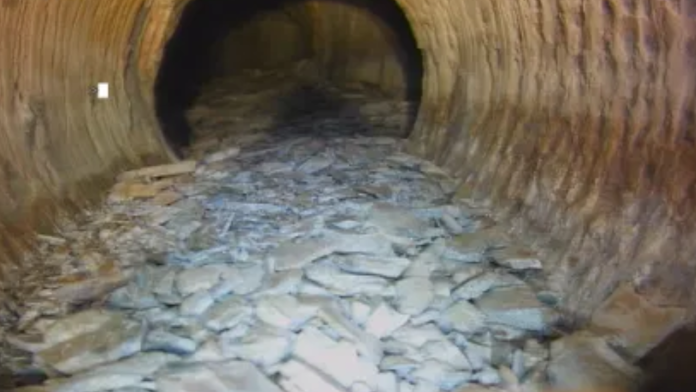Within the complex web of industrial infrastructure, the integrity of pipelines stands as a cornerstone for operational performance, protection, and environmental obligation. Industrial pipe inspection cameras have emerged as indispensable instruments in the protection and management of those critical belongings. By presenting a non-destructive and specific approach to examining pipeline interiors, those cameras play a critical role in identifying defects, assessing conditions, and making sure of compliance with regulatory standards.
Industrial pipe inspection cameras are utilized throughout a spectrum of programs, ranging from regular maintenance inspections to emergency response conditions. Geared up with high-definition cameras and superior light systems, these cameras permit inspectors to navigate through pipelines and capture unique snapshots of indoor circumstances.
This plumbing inspection camera enhances safety protocols whilst minimizing downtime and operational disruptions. The safety and dependability of industrial pipelines are protected by employing industrial pipe inspection cameras, which ensure thorough and environmentally friendly inspection methods.
Non-Destructive Examination
Traditional techniques of pipeline inspection frequently contain invasive techniques consisting of excavation or disassembly, which may be time-consuming, costly, and disruptive to operations. industrial pipe inspection cameras provide a non-detrimental opportunity, allowing inspectors to visually look at the interior of pipelines without the need for sizeable dismantling. By maneuvering those cameras through pipelines, inspectors can capture high-definition snap shots and motion pictures of the inner condition, figuring out defects, corrosion, and different anomalies with precision.
Early Recognition of Defects
All around, planned recognition of deformities and weakening is basic for stopping catastrophic disasters and limiting the opportunity for holes, spills, or wounds. Industrial pipe inspection cameras grant early recognition of consumption, breaks, distortions, and other primary issues that might make you think twice about respectability. With the guidance of recognizing these deformities at an early level, administrators can go to proactive lengths to address them, including carrying out support, substitutions, or consumption relief procedures.
Enhanced Protection Measures
Protection is a paramount subject in industrial operations, in particular in unsafe environments wherein pipelines are subjected to high pressures, corrosive materials, or intense temperatures. Industrial pipe inspection cameras contribute to superior safety measures, decreasing the want for guided intervention in probably dangerous regions. Operators can conduct faraway inspections using pipe inspection cameras, minimizing exposure to danger and ensuring the protection of personnel.
Improved Strategies for Maintenance
Powerful preservation strategies are crucial for maximizing asset performance and minimizing lifecycle costs. Industrial pipe inspection cameras offer precious insights into the circumstances of pipelines, enabling operators to develop targeted and cost-effective preservation plans. By prioritizing maintenance tasks based on the severity of defects and the criticality of assets, operators can optimize useful resource allocation and reduce pointless downtime. Furthermore, by tracking the progression of defects, operators can check the effectiveness of upkeep interventions and make knowledgeable choices to prolong asset lifecycles.
Compliance with Regulatory Standards
Industrial pipelines are subject to stringent regulatory requirements and compliance necessities aimed at ensuring environmental protection, public protection, and operational integrity. Normal inspection and preservation are vital components of compliance efforts, requiring operators to illustrate adherence to enterprise requirements and fine practices. Industrial pipe inspection cameras facilitate compliance by providing special documentation of inspection findings, allowing operators to illustrate due diligence and regulatory compliance.
Conclusion
The importance of these cameras extends across diverse aspects of industrial operations. By leveraging the competencies of pipe inspection cameras, operators can mitigate operational risks, enhance asset performance, and ensure compliance with regulatory requirements, thereby safeguarding infrastructure integrity and maintaining the lengthy-term viability of industrial industries.







